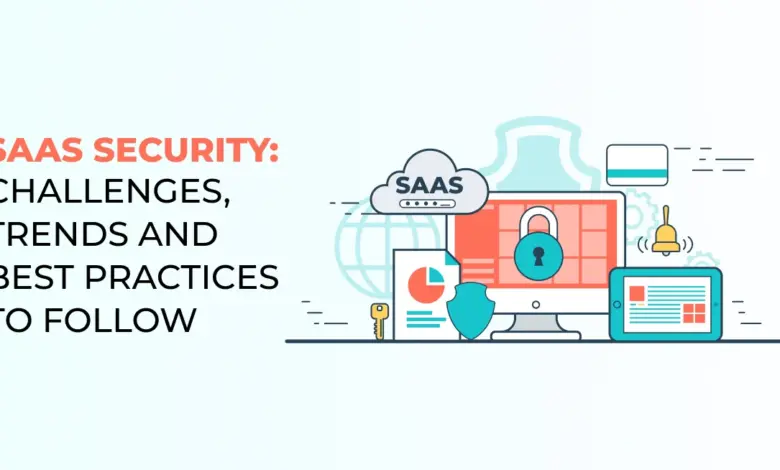SaaS Security Measures Every Business Should Implement

In today’s digital landscape, securing Software as a Service (SaaS) applications is crucial for every business. As cyber threats evolve, implementing robust SaaS security measures becomes essential to protect sensitive data and maintain customer trust. This article highlights key SaaS security measures every business should implement to safeguard their operations.
Importance of SaaS Security
Advanced Threat Detection
Advanced threat detection is a critical SaaS security measure. Modern threats require sophisticated detection mechanisms to identify and mitigate risks in real-time.
Key Features of Advanced Threat Detection:
- AI and Machine Learning: Utilizing AI and ML for threat detection enhances accuracy and speed.
- Behavioral Analysis: Monitoring user behavior helps in detecting anomalies that indicate potential threats.
- Automated Responses: Automated threat responses minimize the impact of detected threats.
Data Encryption
Data encryption ensures that sensitive information remains secure, both in transit and at rest. This measure is fundamental for protecting data from unauthorized access.
Benefits of Data Encryption:
- Confidentiality: Encryption ensures that data is only accessible to authorized users.
- Integrity: Protects data from being altered or tampered with during transmission.
- Compliance: Helps businesses comply with data protection regulations such as GDPR and CCPA.
Secure Access Controls
Access control is vital for maintaining the security of SaaS applications. Implementing strong access controls prevents unauthorized access and protects sensitive data.
Effective Access Control Strategies:
- Multi-Factor Authentication (MFA): MFA adds an extra layer of security by requiring multiple forms of verification.
- Role-Based Access Control (RBAC): Assigns access permissions based on user roles, ensuring that users only have access to necessary data.
- Single Sign-On (SSO): Simplifies user authentication while maintaining security across multiple applications.
Regular Security Audits
Security audits are essential for identifying vulnerabilities and ensuring that security measures are effective. Regular audits help in maintaining a robust security posture.
Components of Security Audits:
- Vulnerability Scanning: Identifies potential security weaknesses in the system.
- Penetration Testing: Simulates cyber-attacks to test the effectiveness of security measures.
- Compliance Checks: Ensures that security measures meet regulatory requirements.
Employee Training and Awareness
Employee training is a crucial aspect of SaaS security. Educating employees about security best practices reduces the risk of human error and enhances overall security.
Key Training Areas:
- Phishing Awareness: Training employees to recognize and avoid phishing attempts.
- Password Management: Encouraging the use of strong, unique passwords and regular updates.
- Data Handling: Educating employees on proper data handling procedures to prevent data breaches.
SaaS Vendor Management
Managing SaaS vendors is important for ensuring the security of third-party applications. Businesses must assess and monitor their SaaS vendors to maintain a secure environment.
Vendor Management Best Practices:
- Security Assessments: Conduct regular security assessments of SaaS vendors.
- Service Level Agreements (SLAs): Ensure SLAs include security requirements and expectations.
- Continuous Monitoring: Monitor vendors’ security practices to ensure ongoing compliance.
Incident Response Planning
Incident response planning prepares businesses to effectively handle security breaches. A well-defined incident response plan minimizes damage and ensures a swift recovery.
Key Elements of an Incident Response Plan:
- Detection and Analysis: Identifying and analyzing security incidents promptly.
- Containment and Eradication: Containing the threat and eliminating its root cause.
- Recovery and Review: Restoring normal operations and reviewing the incident to prevent future occurrences.
Conclusion
Implementing robust SaaS security measures is essential for protecting business data and maintaining customer trust. By adopting advanced threat detection, data encryption, secure access controls, regular security audits, employee training, vendor management, and incident response planning, businesses can significantly enhance their security posture. Staying vigilant and proactive in implementing these measures ensures that businesses can navigate the evolving threat landscape effectively.
Understanding and applying these SaaS security measures is crucial for every business. Protect your data, secure your applications, and build customer trust with these essential security practices.